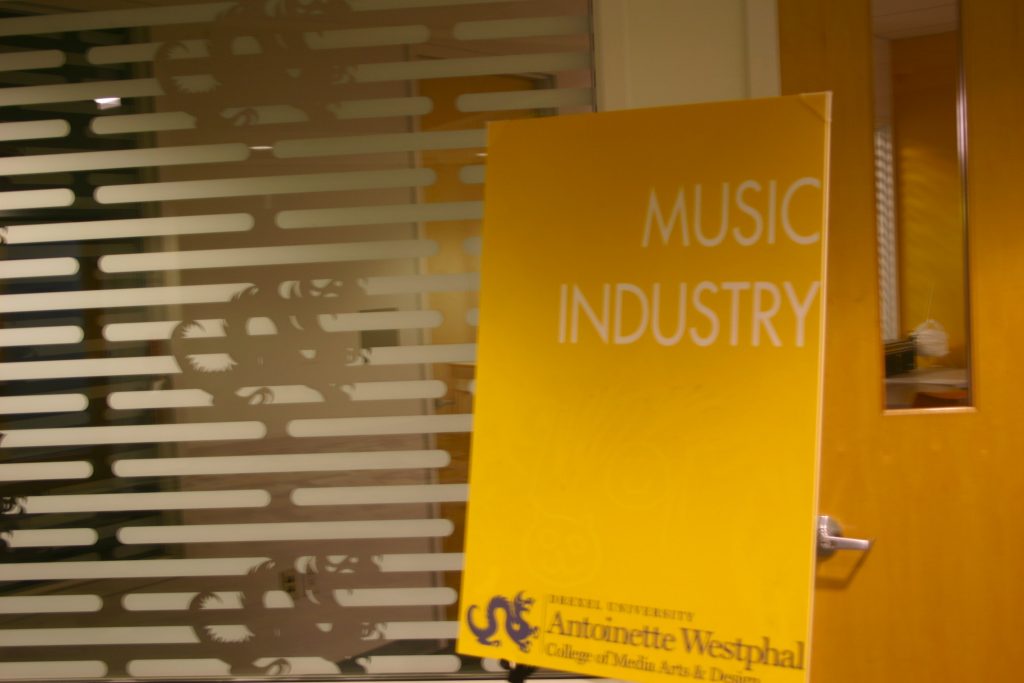
Shortly after the unexpected closure of the University of the Arts in June, leaving students and faculty uncertain about their next steps, Drexel University President John Fry introduced the UArts-Drexel Pathway program, designed to help former UArts students complete their degrees at Drexel with minimal complications. The closure announcement from UArts came without prior warning or a teach-out plan — an outline that institutions facing closure or accreditation issues are expected to provide in advance, offering students a clear path to complete their education.
Among the 1,300 students affected are Ben Feuerstein, a second-year music industry major, and Ella Best, a second-year dance major. The Dance and Music Industry programs are both hosted in Drexel’s Antoinette Westphal College of Media Arts & Design, the college most UArts students who employed the pathway are studying in.
Many UArts students learned of the closure through social media via a post from the Philadelphia Inquirer, who published a statement regarding the closure before UArts made an announcement. Since the news did not come directly from the university and there was no warning about the possibility of the institution closing, students had difficulty determining its legitimacy.
“I was telling my friend from home about how much I was loving [UArts] when my roommate told me to look at the post,” Feuerstein said. ”It totally caught me off guard and it almost seemed like it couldn’t be true.”
The UArts-Drexel Pathway program offers former UArts students a dedicated admissions counselor, accelerated transfer credit evaluation, preferential university housing assignments and honoring of prior roommate selections. Drexel also promised to match the aid packages offered to first-year admitted UArts students and a 50 percent tuition discount to all UArts students who had already begun their coursework. Throughout the summer, Drexel hosted program-specific information sessions to help UArts students decide if Drexel would be the right fit for them.
“I didn’t feel pressured by Drexel to come. On Zoom, the director of the dance program was asking me, ‘What do you need and how can I help?’ They were being very helpful and considerate,” said Best, noting Jennifer Morley, Interim Dance Program Director.
Although many programs UArts offered are similar to those at Drexel, Best and Feuerstein both note that Drexel, a research university with a student population about 13 times larger than UArts, offers a distinctly different experience.
“At UArts, I was automatically placed into different student ensembles. At Drexel, it is a lot more dependent on the individuals. If you want to play music with other students, you have to find a way to do that,” Feuerstein noted.
“I had never been in a lecture hall before. In my non-performance-based classes [at UArts], we would be sitting in a circle talking. It is new to have someone standing at the front of the class and teaching to me,” Best explained.
A hallmark of Drexel is the co-op experience, which allows undergraduates to gain hands-on work experience before graduating. Co-op is a required part of almost all undergraduate programs at Drexel. However, it is not required for UArts transfers.
“I am interested in the idea of co-op, but it would mess up my graduation schedule. I really appreciated that [Morely] said I could choose if I wanted to do a co-op or not. I am interested in doing a co-op but do not want to commit to that schedule yet,” said Best.
For Feuerstein, co-op was an obvious advantage: “The experience is so valuable. I know the statistics about a likely return offer don’t always apply to music industry students, but it’s part of the Drexel experience,” described Feuerstein.
Along with UArts students, community members were surprised and disappointed by the closure.
“What came to my mind when it finally set in that [UArts] was really closing was the faculty — my teachers. What were they going to do? But also, I didn’t get to say goodbye to anyone. When I left, I thought I would be back,” Best expressed her state of shock.
“Even to this day I still feel they have not fulfilled the promises they made to faculty and staff and I really look down on them as an institution,” Feuerstein said.
Feuerstein expressed his appreciation for Drexel’s support, noting the direct communication and helpful Zoom information sessions: “I think they handled it really well and really stepped up.”
The sudden closure of UArts disrupted both the lives and academic plans of its former students; however, through the UArts-Drexel Pathway program, students have found new avenues to continue their education. While students like Feuerstein and Best acknowledge the differences between the two institutions, they are beginning to explore their new academic environments, embracing their unique opportunities and challenges.


